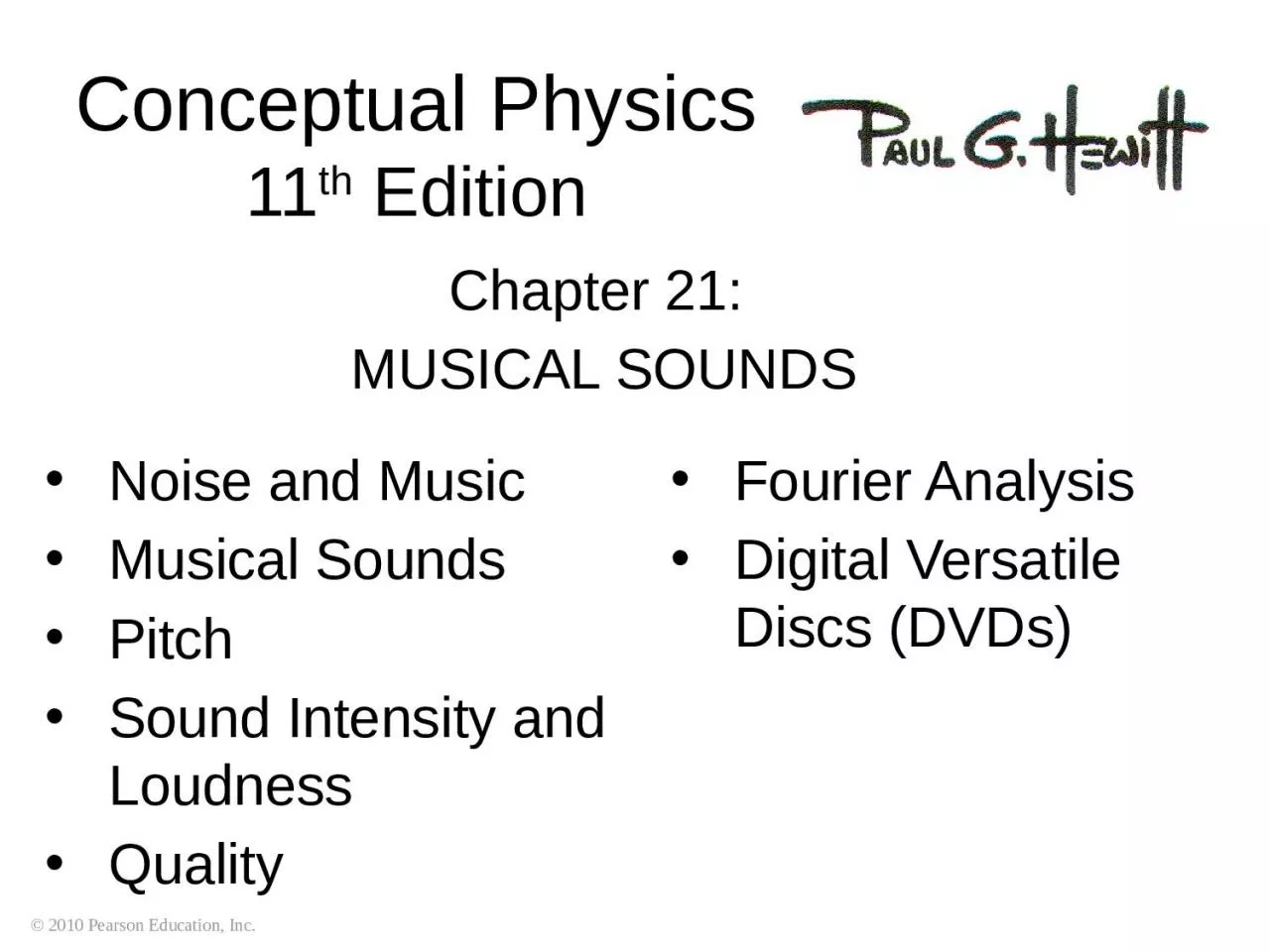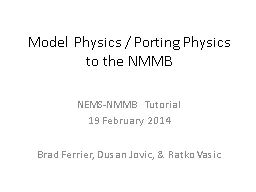PPT-Conceptual Physics 11 th
Author : WheresMyPizza | Published Date : 2022-08-02
Edition Chapter 21 MUSICAL SOUNDS Noise and Music Musical Sounds Pitch Sound Intensity and Loudness Quality Fourier Analysis Digital Versatile Discs DVDs Noise
Presentation Embed Code
Download Presentation
Download Presentation The PPT/PDF document "Conceptual Physics 11 th" is the property of its rightful owner. Permission is granted to download and print the materials on this website for personal, non-commercial use only, and to display it on your personal computer provided you do not modify the materials and that you retain all copyright notices contained in the materials. By downloading content from our website, you accept the terms of this agreement.
Conceptual Physics 11 th: Transcript
Download Rules Of Document
"Conceptual Physics 11 th"The content belongs to its owner. You may download and print it for personal use, without modification, and keep all copyright notices. By downloading, you agree to these terms.
Related Documents














